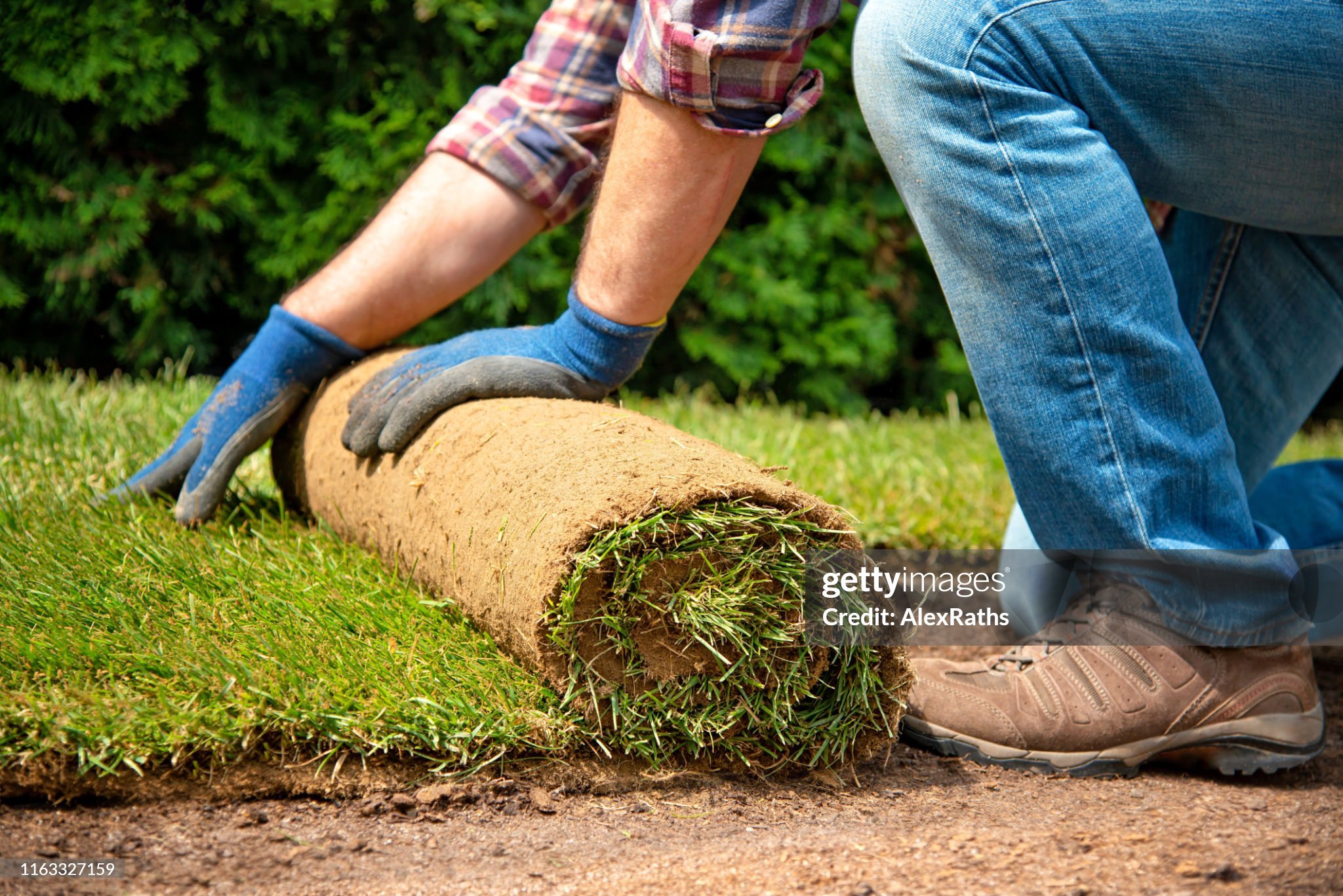
Your total lawn care cost depends on several factors, including the type of service and lawn size. Our guide will cover what you can expect to pay for lawn care.
Soak up answers to these questions before work begins


Drainage issues in your yard can cause foundation trouble or soil erosion problems. Additionally, excessive pest damage to your garden or plants can occur if your yard has pooling water. If your yard needs work to control water runoff, be prepared to discuss these yard drainage questions with your contractor or specialist.
If your yard suffers from drainage problems, you’ll likely want to correct the issue right away. Proper yard drainage is crucial for avoiding foundation leakage or more significant stability problems. It's also essential for the usability of your outdoor living spaces.
One of the first things to establish with your yard drainage pro is scheduling. Depending on the scope of work necessary, the project can take hours to weeks. Additionally, seasonality and the weather can affect the schedule. For these reasons, getting answers about the project's timing is critical.
Significant yard drainage work will require permits from your municipality. At the very least, your contractor will have to have a site survey to locate underground utility infrastructure before digging or manipulating the ground. If the work requires landscaping changes, drawings will be necessary to get the permit. Putting all of those things together can take up to a month to establish, so planning early and getting answers about these components from your contractor is vital.
The type of foundation your home has can determine the questions you need to ask your contractor before work begins. Older homes likely don't have any waterproofing associated with the foundation, and they can be more fragile than modern versions. Your contractor will need to take extra care if that's the case, which can affect the job's cost and specifics. If you're unsure of your home's foundation specs, ask your contractor for details about the inspection they perform and what work is necessary to achieve the best results.
Yard drainage methods come in a wide variety of options. You have many single drainage options, such as installing drains or catch basins, planting a rain garden, re-sloping or regrading, and extending downspouts. The best solutions are often combinations of two or more methods. Talk with your contractor about the pros and cons of each solution or combination before deciding how to proceed.
Ask about costs associated with the various yard drainage methods. While hard numbers may not be available until further evaluations, it can be helpful to have an idea of the costly options versus the less costly ones when choosing.
From average costs to expert advice, get all the answers you need to get your job done.

Your total lawn care cost depends on several factors, including the type of service and lawn size. Our guide will cover what you can expect to pay for lawn care.

The cost to renovate your lawn depends on the extent of the damage. Our guide will show you how much lawn renovation costs.

The cost to reseed a lawn can vary depending on the size of your yard and the condition of the soil. We’ll help you figure out the true cost of reseeding or overseeding your lawn, along with whether or not you should hire a professional.

If you’re wondering how much to charge to mow a lawn, factor in your hourly rate, cost per square foot, and flat rate fees. Keep reading to learn more.

Spot common warning signs of too much nitrogen in the lawn and learn how to fix damage from overfertilizing or pet urine to keep grass green and healthy.

This calculator will help you estimate how much wood flooring you’ll need to purchase for your home so that you can start budgeting.